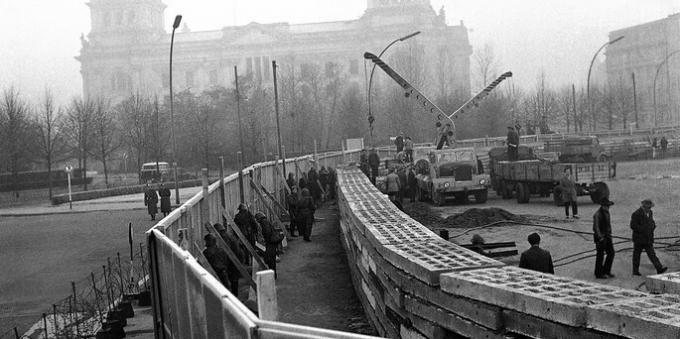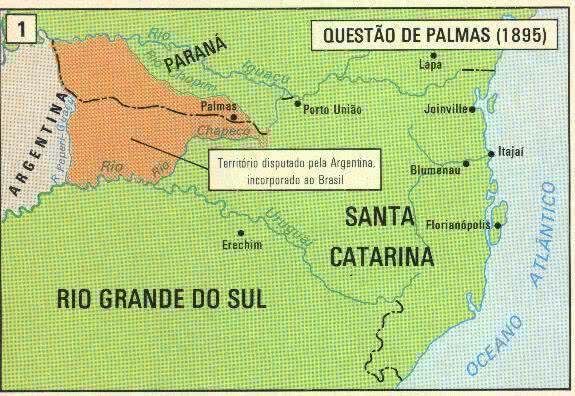When talking about the formation of the Brazilian people, it is first necessary to consider that this is a long-term story with many characters. As we well know, the Brazilian people are marked by the issue of diversity. A diversity of colors, faces, traditions and customs that attest to the wealth of the population that occupies this entire territory. So let's take a quick look at some of these same characters.
Throughout Prehistory, the process of occupation of the American continent made it possible to organize various communities in the interior and in the coastal region. Among these older cultures, we can highlight the presence of the ancient Marajoara civilization in the north from Brazil, and the so-called sambaquis peoples, who spread across different regions of the southeast coast and south.
Advancing in time, we highlight the formation of various indigenous communities that spread out in different points of the Brazilian territory. Not being homogeneous peoples, but marked by plurality, the indigenous peoples differ in various languages and practices that, therefore, were already part of the population of our territory. Until the 16th century, they were the main occupants of this vast array of lands and landscapes.
All this would change in the year 1500, with the arrival of Europeans here. Motivated by the context of the mercantilist economy and the development of great navigations, the Portuguese occupied Brazil with the intention of carrying out the colonization of the lands and, consequently, exploiting the riches existing. Under the sign of domination and adaptation, the Portuguese brought here the particularities of their original culture and of Christian Europe.
Throughout the modern and contemporary ages, we have noticed the arrival of other peoples of European origin. Spaniards, French, Germans and Dutch appeared here seeking to dispute the lands that were being dominated by the Portuguese. In the nineteenth century, the expansion of the coffee economy in Brazil and political crises in Europe encouraged the arrival of several peasants and workers willing to occupy jobs both in the countryside and in the urban centers of the era. In more recent times, we have similarly the arrival of Asians.
Long before this diaspora of Europeans, another diaspora – violent and unjust – reached various peoples of African origin. Brought by the Portuguese since the 16th century, several African peoples came to Brazil to work as slaves. Victimized by the exploitation of their workforce, they suffered from a process of domination that also affected the territory's indigenous populations. Even so, they left clear marks of their presence in the historical and cultural identity of the Brazilian people.
Among all these arrivals, conflicts, inequalities, agreements and contacts, we see the complexity of the Brazilian people. In such a vast territory, we see that the unity of our population is nothing more than an impossible desire. However, this made the Brazilian people admired for having a variety found in few places in this world. Today, our biggest challenge is to mediate all these differences with respect and tolerance as guidelines for a life of greater justice and happiness.
By Rainer Gonçalves Sousa
Kids School Collaborator
Graduated in History from the Federal University of Goiás - UFG
Master in History from the Federal University of Goiás - UFG



